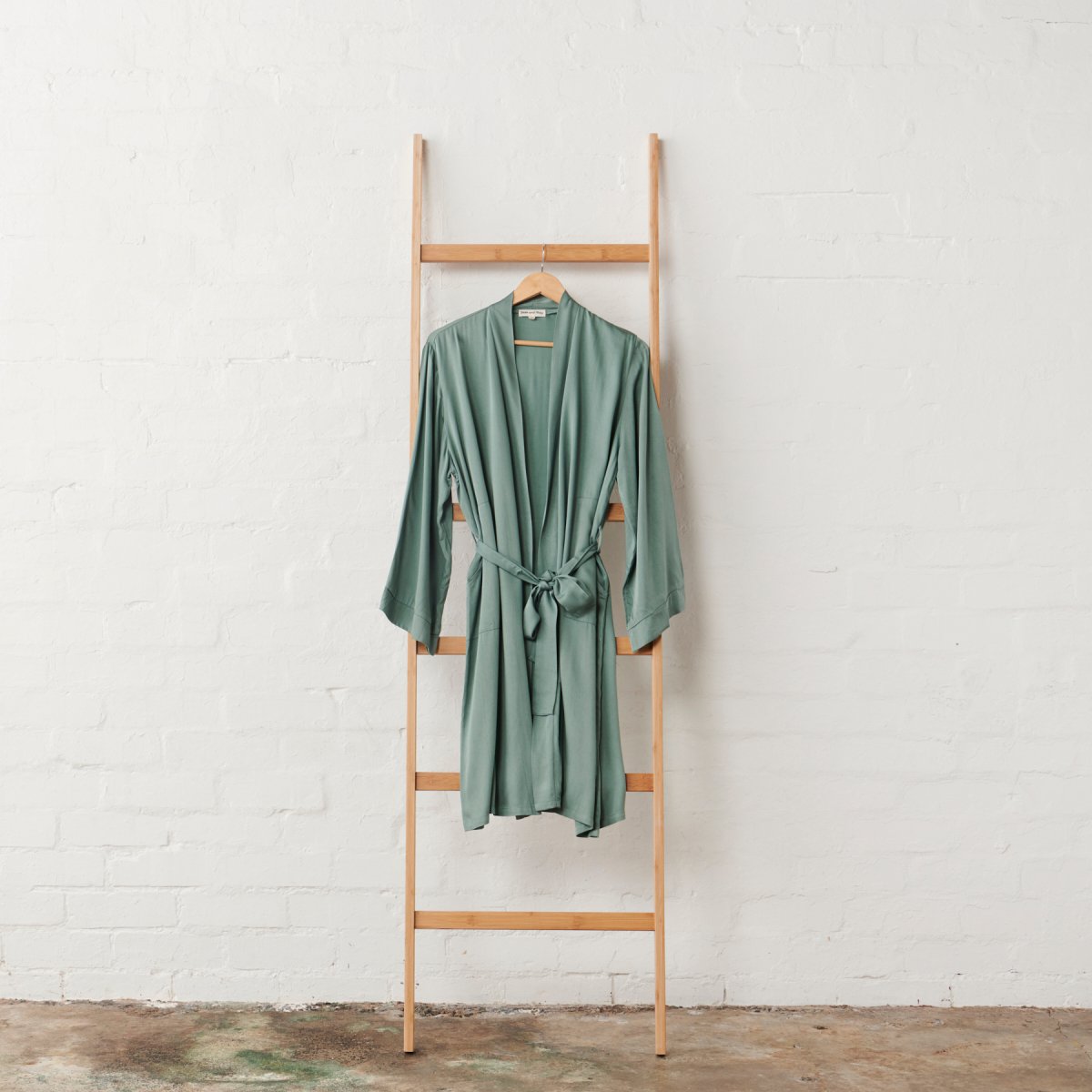Bamboo - Not Just for Pandas: Where this Versatile Plant Grows
Do you know where the world’s fastest-growing plant grows? You might have guessed it - it’s bamboo! Not only is it a favourite of pandas, but this versatile plant has a variety of uses, from furniture and textiles to construction materials and even food. But where exactly is bamboo grown? Where does it thrive?
First things first - did you know that bamboo is a member of the grass family? And just like grass, it grows almost anywhere - that’s right, bamboo is found on every continent except Antarctica. However, the majority of bamboo species are concentrated in Asia, particularly in China and India, which are two of the top bamboo-producing countries in the world
China is the largest producer of bamboo, accounting for over 60% of global production. The country has a long history of using bamboo in construction, furniture, and paper production. In fact, ancient Chinese texts dating back to 1000 BC mention bamboo as a versatile and valuable resource. Bamboo is grown in many provinces throughout China but is especially abundant in the southern regions, where the climate is warm and humid and the plant naturally grows without any assistance from humans
India is the second-largest producer of bamboo, with several states that are known for their high-quality bamboo plantations. These include Kerala, Manipur, and Tripura, which are located in the northeastern part of the country. Bamboo is a key resource for local communities in these areas, providing livelihood and income through the production of handicrafts, furniture, and other products. Other countries dotted around Asia bring up third place, with clumps of bamboo to be found growing in abundance where it finds the space.
Outside of Asia, Africa is another continent that has a rich variety of bamboo species. The sub-Saharan region is home to over 200 different types of bamboo, many of which are native to the area. Some of the top bamboo-producing countries in Africa include Ethiopia, Cameroon, and Madagascar. These countries are known for their sustainable bamboo plantations, which provide a valuable and eco-friendly alternative to traditional forest timber.
So, what about the Americas? While bamboo isn’t as widespread in North and South America as it is in Asia and Africa, there are still some notable bamboo-producing countries in the region. In South America, countries like Ecuador and Colombia have thriving bamboo industries, with bamboo used for everything from construction materials to flooring and textiles. In the United States, Hawaii and Florida have the most active bamboo cultivation, with several nurseries and plantations offering a variety of bamboo species.
With its impressive growth rate, sustainability, and versatility, bamboo truly is a wonder plant. From China to Africa to South America and beyond, bamboo grows in a variety of climates and regions. Whether you’re looking for eco-friendly textiles, construction materials, or furniture, bamboo offers a sustainable and practical choice. So next time you see a product made from bamboo, you’ll know exactly where it comes from and appreciate the journey from plantation to product.



